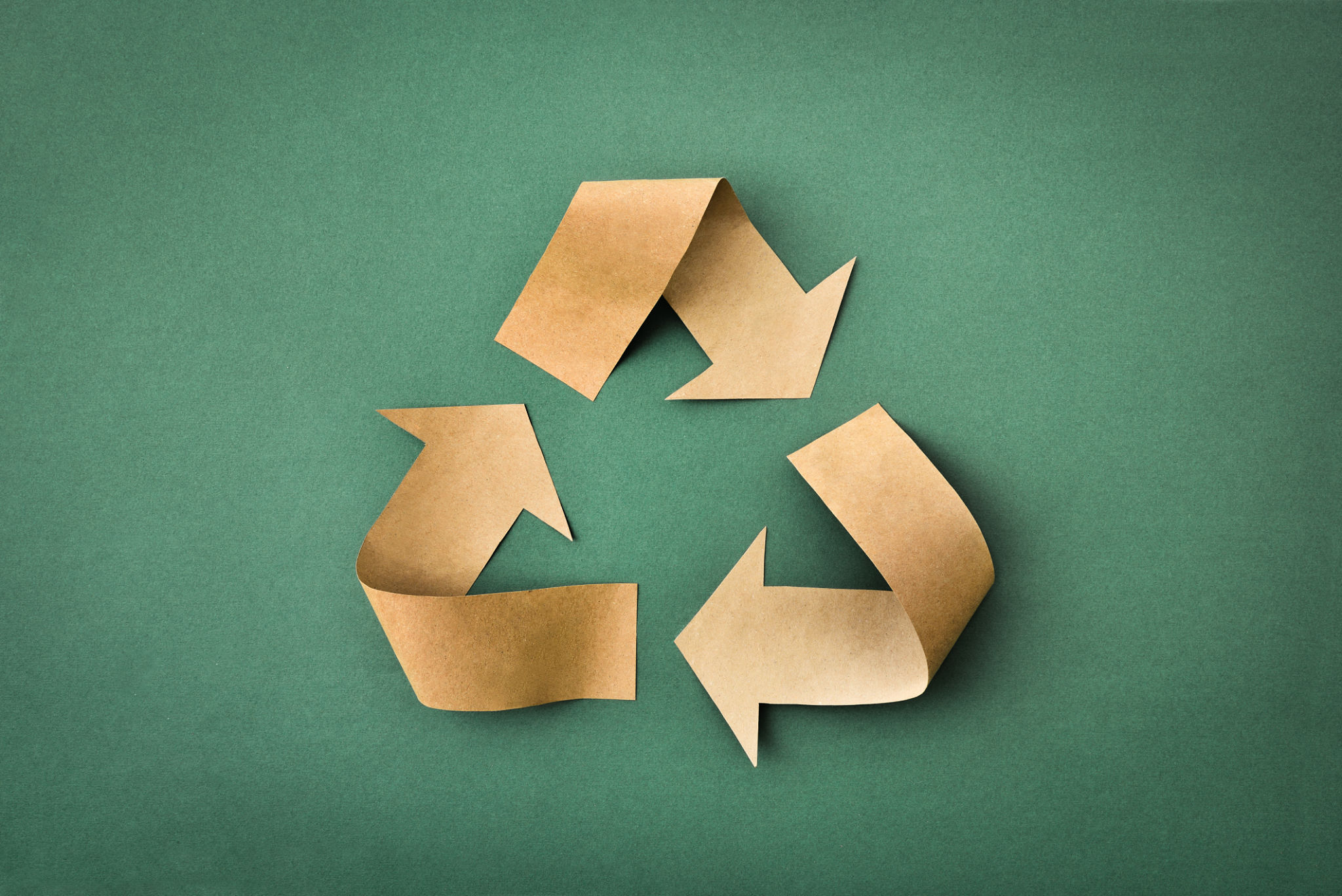Eco-Friendly Building Designs: How to Go Green in Florida
Introduction to Eco-Friendly Building Designs
Building sustainably is more than just a trend—it's a necessity, especially in environmentally conscious states like Florida. With its unique climate and biodiversity, Florida presents both challenges and opportunities for eco-friendly building designs. By incorporating sustainable practices, you can reduce your carbon footprint, save on energy costs, and contribute to a healthier planet.
The Benefits of Going Green
Adopting eco-friendly building designs offers numerous advantages. Not only do these practices help preserve the environment, but they also provide economic benefits. Homeowners can enjoy lower utility bills thanks to energy-efficient technologies and materials. Additionally, green buildings often have higher property values and provide healthier living environments due to improved air quality and natural lighting.

Key Elements of Eco-Friendly Designs
When it comes to sustainable building in Florida, certain elements are essential. Incorporating solar panels is a popular choice, harnessing the state's abundant sunshine to power homes efficiently. Additionally, using native vegetation for landscaping reduces water consumption and helps maintain local biodiversity.
- Insulation: Proper insulation is crucial to keep homes cool during the hot summer months, reducing the need for air conditioning.
- Rainwater Harvesting: Collecting rainwater can supplement irrigation needs and decrease dependency on municipal water supplies.
Materials That Make a Difference
The materials used in construction play a pivotal role in eco-friendly designs. Opting for sustainable materials like bamboo, recycled steel, and reclaimed wood can significantly reduce the environmental impact of a building project. These materials not only lower carbon emissions but also add unique aesthetic elements to any design.

Innovative Technologies in Green Building
Advancements in technology have made it easier than ever to construct energy-efficient buildings. Smart home systems allow for better control over energy use, optimizing heating, cooling, and lighting based on occupancy and time of day. Moreover, the use of energy-efficient appliances can substantially cut down on electricity consumption.
Designing for Florida's Climate
Eco-friendly building designs in Florida must address the state's specific climate challenges. For example, designing homes with passive cooling techniques, such as cross-ventilation and strategic shading, can help maintain comfortable indoor temperatures without excessive energy use. Additionally, elevated structures can mitigate flood risks in coastal areas.

The Role of Legislation and Incentives
Government policies and incentives play a significant role in promoting green building practices. Florida offers various tax credits and rebates for homeowners who invest in solar energy systems and other sustainable technologies. Staying informed about these incentives can make eco-friendly building more accessible and financially viable.
Conclusion: A Greener Future for Florida
Embracing eco-friendly building designs is crucial for creating a sustainable future in Florida. By integrating efficient technologies, sustainable materials, and smart design strategies, residents can contribute to environmental conservation while enjoying the long-term financial benefits of reduced energy costs. As awareness grows and technologies advance, green buildings will become the standard rather than the exception.
